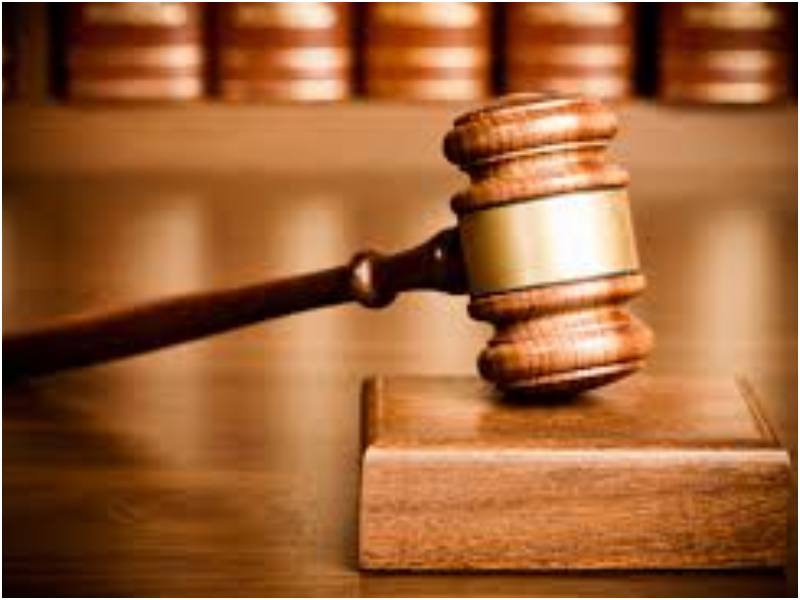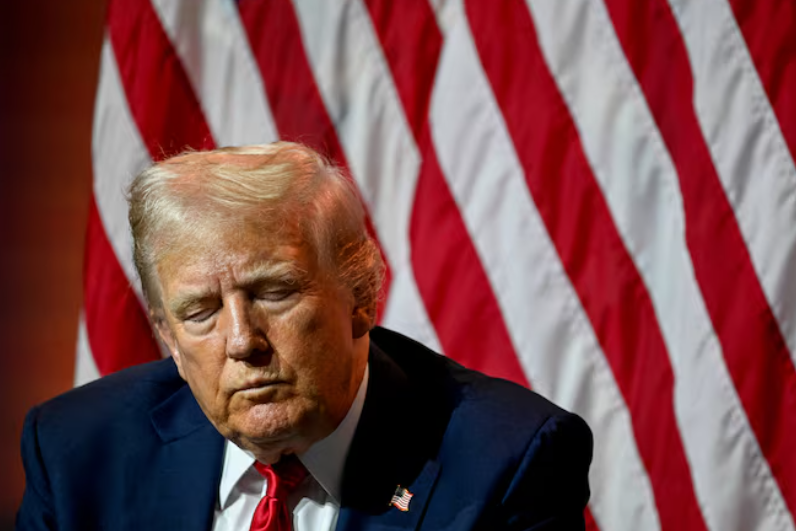As tensions between the Executive and other branches of government heighten under the Trump administration, a growing number of federal judges are delivering forceful rebukes to what they see as the overreach of the president’s authority.
Through dissents, majority opinions, and pointed judicial remarks, members of the bench are reaffirming the constitutional principles of due process, separation of powers, and judicial independence.
An evolving compilation of these statements—drawn from court opinions, filings, and rare public remarks—demonstrates how the judiciary is actively defending the structural safeguards of American democracy.
The remarks, organized by core elements of the rule of law, offer a candid window into judicial resistance against what some jurists view as an erosion of checks and balances.

Defending Due Process and Procedural Fairness
In Trump v. Boyle (July 23, 2025), Justice Elena Kagan warned that allowing the president to remove independent agency commissioners based solely on party affiliation “negated Congress’s choice of agency bipartisanship and independence,” tilting power toward the executive at the expense of legislative authority.
- By allowing the President to remove Commissioners for no reason other than their party affiliation, the majority has negated Congress’s choice of agency bipartisanship and independence.
- The result—an increase of executive power at the expense of legislative authority—does not stand alone.
Similarly, Justice Sonia Sotomayor, dissenting in Department of Homeland Security v. D.V.D. (July 3, 2025), underscored that the government’s no-notice deportations to potentially dangerous countries violated the Fifth Amendment’s due process protections.
“The Government’s no-notice removals are undoubtedly illegal,” she wrote.
Upholding Separation of Powers
From trial courts to the Supreme Court, judges have reminded the executive branch that its powers are limited. Justice Ketanji Brown Jackson, in Trump v. American Federation of Government Employees (July 8, 2025), cautioned that when a president “runs roughshod” over congressionally enacted laws, he “discards and disables the democratic system that created those laws.”
Judge Sparkle L. Sooknanan of the U.S. District Court for the District of Columbia made the point even more bluntly in Grundmann v. Trump (March 12, 2025):
“Ours is not an autocracy; it is a system of checks and balances.”
Promoting Transparency and Accountability
Judges have also stressed that government must operate openly and justify its actions. Judge Ronald M. Gould, writing for the Ninth Circuit in State of Washington v. Trump (July 23, 2025), stated that the rule of law depends on ensuring laws “enacted by their representatives are not imperiled by executive fiat.”
Justice Sotomayor, again dissenting in D.H.S. v. D.V.D., criticized the Court for refusing to explain its “extraordinary decisions” while permitting the government to disregard due process rights.
Safeguarding Judicial Independence
Judicial independence—insulated from political pressure—is central to the rule of law. Justice Jackson, dissenting in Trump v. CASA, Inc. (June 27, 2025), warned that allowing executive violations of the Constitution without universal injunctive relief risks making executive power “completely uncontainable” and could spell the end of “our beloved constitutional Republic.”
Justice Sotomayor echoed this sentiment in the same case, declaring:
“The rule of law is not a given… it will endure only if those brave enough in every branch fight for its survival.”
A Judiciary Under Pressure
While these statements come in the context of politically charged disputes—often involving actions by the Trump administration—their broader significance lies in the reminder that constitutional governance depends on each branch fulfilling its role.
In the words of Justice Louis Brandeis, quoted by Judge Sooknanan, separation of powers was designed “to save the people from autocracy.”
As the executive branch continues to test the outer boundaries of its authority, these judicial voices suggest that America’s constitutional guardrails are still manned—though the pressure on them has never been greater.

